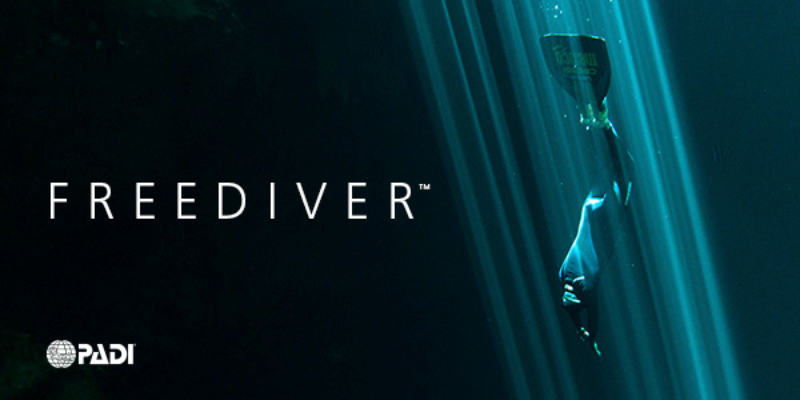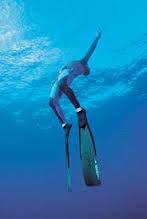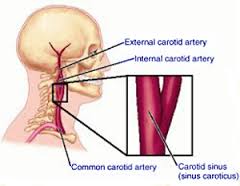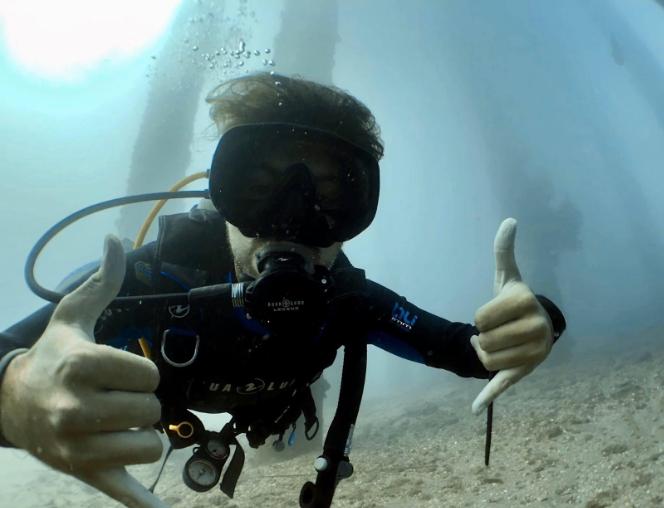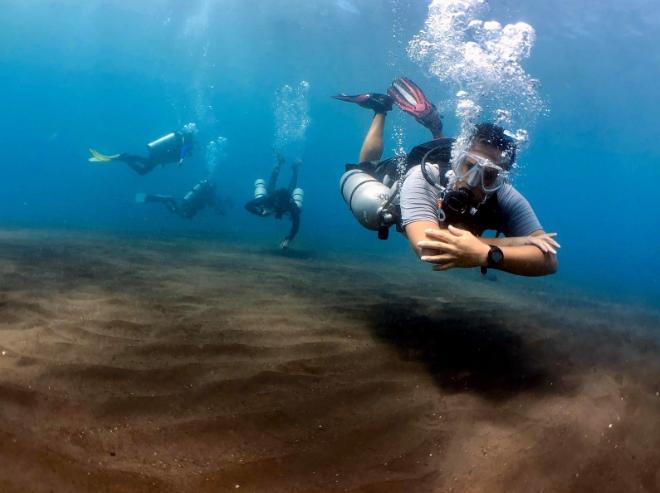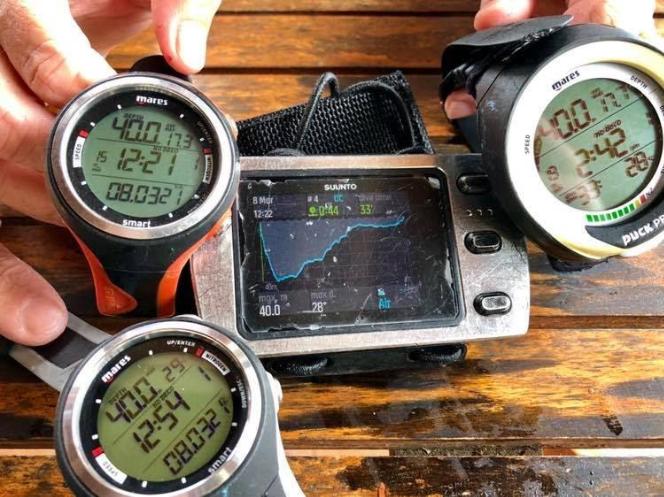PADI IDC Theory: Freediving & Apnea
Apnea is merely the suspension of breathing. It happens in a number of circumstances, but in the context of ocean sports, we encounter it most often as a voluntary suspension of breathing (a breath hold) in freediving.
Freediving is made possible by a few built-in features of our respiratory system that maintain sustainable levels of oxygen in the bloodstream at all times. When we stop breathing, our brain and body tissues are able to survive solely on the oxygen in our blood for a number of minutes, enabling a diver to swim and experience the underwater world for a few minutes at a time without any heavy equipment.
Most individuals are familiar with the concept of hyperventilation, a voluntary increased rate of breathing that decreases CO2 levels in the blood stream. This is a fine practice on the surface, and it easily postpones the urge to breathe, but as soon as you introduce water pressure and diving of any sort, you must consider the concept of partial pressure. If a free diver hyperventilates, CO2 levels in their blood stream drop, but O2 levels are not proportionally raised. This is where partial pressure comes in.
At depth, O2 is used and partial pressure keeps the amount of usable O2 in the bloodstream within acceptable levels. CO2 levels however, after hyperventilating, do not reach as high as quickly, leading the diver to feel okay while O2 levels reach dangerous lows. When the diver ascends, the partial pressure drops. Suddenly, far less oxygen is available (hypoxia), opening up the possibility of shallow water blackout, a condition where a diver becomes unconscious upon ascent. Although divers often recover from shallow water blackout after being brought to the surface, they do not remember the experience and sometimes even try to dive again.
Bradycardia can also be caused by high blood pressure, as measured by the carotid sinus receptors. This is called the Carotid Sinus Reflex. If arterial blood reaching the brain through the carotid arteries is under pressure from a tight hood, wet suit neck or dry suit neck seal, the brain will lower the heart rate to attempt to make up for the change. If left for too long, blood-pressure-induced bradycardia can also lead to unconsciousness.
Shallow water blackout only happens upon ascent and is a direct result of low O2 in the bloodstream. Anyone practising free diving should be familiar with shallow water blackout and how to begin rescuing a fellow free diver.
When free diving in cold water, a diver may experience what is called bradycardia, a slowing of the heart (below 60 bpm). In extreme cases, it can cause fatigue, dizziness and fainting. Cases of bradycardia are much more pronounced in marine mammals, but some free diving experts claim to also have some control over their heart rate.
Free diving is a simple sport that comes with a list of considerations, but practiced safely, it can be immensely rewarding. Especially considering you can get started with just a mask and pair of fins! Our PADI IDC programme covers skin diving basics as part of becoming a PADI Open Water Scuba Instructor. And we will be soon offering the new PADI Freediver courses…
